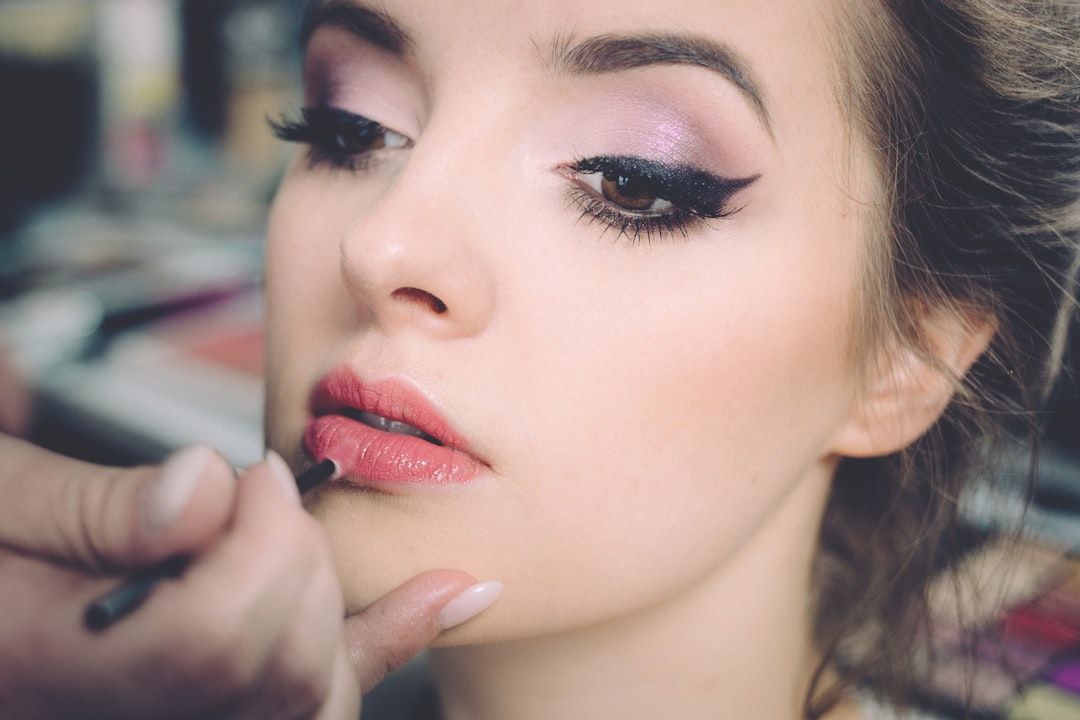

Less frequent maintenance is required with waxing, as the results are long-lasting and regrowth is slower compared to other methods of hair removal. wax beads for hair removal This means you don't have to worry about constantly shaving or applying depilatory creams every few days. With waxing, you can go longer periods between sessions and still maintain smooth skin.
Types
With regular waxing, hair follicles weaken and may eventually stop producing new hair growth.
Get the best hard wax products from Wax Wax.Cost-effective option: DIY waxing kits are often cheaper than professional waxing services, making it a more budget-friendly option for those looking to save money. (However,) It's important to consider the initial investment in purchasing waxing supplies and equipment.
1. Why should you avoid sun exposure before getting waxed?
Dry Skin: Dry skin tends to be more sensitive and prone to irritation, so it's important to choose a wax that is gentle and moisturizing. Look for waxes that contain soothing ingredients like chamomile or aloe vera to prevent dryness and itching.
Top recommended post-wax products for irritated skin
A Step-by-Step Guide to Proper Post-Wax Care
Types
It is recommended to exfoliate 24-48 hours before waxing and then 2-3 times a week after waxing to maintain smooth skin.
Improper technique can lead to ineffective results, whether waxing is done at home or by a professional. In both cases, there are advantages and disadvantages to consider. When doing DIY waxing, it is important to apply the wax in the direction of hair growth and remove it against the hair growth for best results.
1. What are the different types of wax used for hair removal?
As a round up, clear communication with your esthetician is key when preparing your skin for a waxing session. By sharing any skin concerns or sensitivities, you can help ensure a successful and comfortable hair removal process. Remember, your esthetician is there to assist you and provide the best possible service based on your individual needs!
When it comes to waxing at home, one important rule is to avoid applying wax on broken or irritated skin. This can lead to further irritation, redness, and even potential infection if the skin is not in a healthy condition. It is essential to take care of your skin before waxing to ensure a smooth and safe hair removal process.
Start by cleansing your skin with a gentle cleanser suitable for your skin type.

Before the waxing session, it is crucial to prepare your skin properly. Firstly, make sure to exfoliate the area to be waxed a day or two before the appointment.
If you are experiencing too much pain, try taking a pain reliever 30 minutes before waxing or using numbing cream to alleviate discomfort.
Despite its benefits, waxing also has drawbacks such as ingrown hairs and minor bleeding. Additionally, individuals with certain medical conditions or taking specific medications may be at higher risk for skin irritation or complications during waxing.
Waxing a woman's armpits .
Overall, waxing remains a popular choice for hair removal due to its effectiveness and longer-lasting results. The practice continues to be refined with new techniques and products being developed to improve the experience for those seeking smooth and hair-free skin.
Regular waxing can lead to smoother skin, slower hair regrowth, and less irritation compared to shaving.